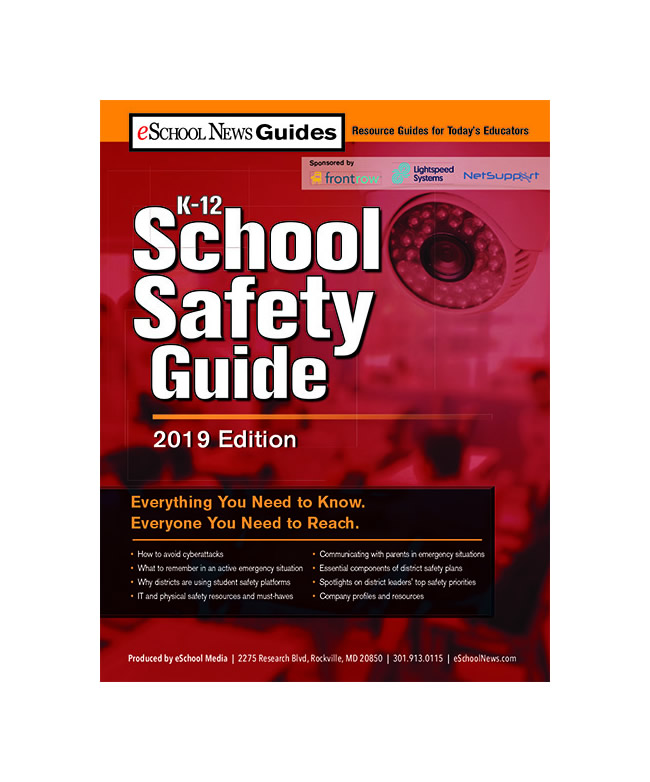We all know that working with kids and teenagers is hard. Rewarding, yes — but it can be tough. Students are in the process of maturing, and you often have to navigate sensitive situations that impact student development.
In trying times, it can be difficult to figure out the right way to communicate. How you handle and impart bad or sensitive news is incredibly important — it can be the difference between uniting your community or alienating students, parents, and even staff.
How to know when to send a message
Some negative instances, such as a student repeatedly showing up tardy to class, are best handled through a single phone call or message to the parents of that student (check out our Auto Notices feature, which automatically notifies parents for student-specific instances like tardies). Others, such as a public threat of violence or a student suicide, should be addressed on a larger scale.
Related content: Key components of a school safety plan
So how do you know when it’s appropriate to reach out to parents? An incident should be addressed in a grade-wide or school-wide message if it:
- Is being widely discussed on social media in your school community and the facts are not clear
- Targets a wide scope of students, such as members of a particular racial or ethnic group
- Is part of a new and growing pattern that needs to be brought to parents’ attention
- Involves inappropriate behavior that cannot be tolerated and needs to be addressed in order to ensure a safe and healthy learning environment and community
When deciding between contacting a parent, a small group of parents, or sending a grade-wide or school-wide message, put yourself in the parents’ perspective. Is the information you are about to share relevant to that parent and their child? Does it impact the grade level or culture of the entire school? These are important questions to consider when deciding whether or not to address the greater school community.
Related Content:
eSchool News School Safety Guide
The eSchool News School Safety Guide is here! It features strategies to help you create and maintain safe and secure learning environments, both physical and online. A new eSchool News Guide will launch each month–don’t miss a single one!
Components of the message
1. Overall tone. Make sure to keep your language professional and respectful. The tone of the message needs to reflect the severity of the situation, without seeming too dire or anxious. Be calm, while also understanding and acknowledging the weight of the situation. This is not the time to use emojis or text speak.
Example: “As educators at Lincoln Middle School, we strive to enforce the values of inclusion and diversity, and to include parents and actively involve them in these efforts.”
2. Buffer. Rather than jumping straight into bad news, it’s best to ease into the message with a few sentences of positive or neutral information. This buffer could be an expression of community values, a statement of gratitude or good will to parents, or some context for the incident.
Example: “Washington High School is dedicated to maintaining a culture of health and wellness that creates a positive environment for our students to thrive on campus. We are grateful for our wonderful students, staff, and parents who strive to uphold these values and improve our community on a daily basis. “
3. Explanation. After a short buffer, it’s time to provide a clear, succinct explanation of the incident. This explanation should be honest but brief. Minimizing or distorting the facts of what happened will only create mistrust and doubt among those receiving the message. However, honesty does not mean revealing every detail. Some information, such as the names of involved students, is not necessary to understand the significance of the incident. If the school is at fault and an apology is needed — do it early, be brief, and be sincere.
Example: “By now you may have heard that this afternoon, a tenth grade boy brought a gun to school in an attempted premeditated attack.”
4. School’s response. Once parents are aware of what has happened, their next question will be: what is being done about it? Any announcement of bad news should be immediately followed by an explanation of what the school has done so far in response, and what the plan of action is going forward. Will responsible parties be disciplined? With what severity? How will the school handle incidents like this in the future? If possible, provide reasoning for the response, such as a district policy.
Example: “The substance has been confiscated and further action is currently underway with the responsible parties. Washington High School stands by our zero tolerance policy for drug-related incidents, and we are committed to further educating our students about the severity and detriment of drug use.”
5. Closing. The end of the message is your chance to circle back to positive values and reassure the community. Your last few sentences should be forward-thinking and ensure that the school is taking this matter seriously and is doing everything in its power to remedy negative impacts. You may discuss how parents can to talk to their children about the incident in a way that will be beneficial and educational. You can also provide information for parents on how to reach out to the school with any concerns, giving them a chance to participate in an ongoing dialogue. The end of the message should reassure parents and make them feel that although a negative incident occurred, the school is handling it appropriately and the community is united in the response.
Example: “Please feel free to reach out to the Dean of Students, Ms. Hernandez, with any further questions. Together, we can work to create a healthy environment for our students both at home and on campus. “
6. Include resources (optional). When an incident occurs at school, students are aware of what’s happening, so it’s important to address the issue and hold discussions to further their education, promote holistic development, or help students to process their feelings and unite as a community. Often times, an incident can serve as a starting point for parents to talk to their kids about topics like diversity or substance abuse, so parents will appreciate if you equip them with strategies and information to hold productive conversations with their children. If a traumatic event occurred, it will be helpful to provide parents with resources on how to best help their child process their emotions and recover.
Example: “For more information regarding teen substance abuse, please see the attached resources from the CDC.”
[Editor’s note: This post originally appeared online on the ParentSquare blog, and is reposted here with permission. Visit the original post for additional communication resources.]
- 3 ways to avoid summer learning loss - April 19, 2024
- High school students say AI will change the workforce - April 18, 2024
- Motivating students using the Self-Determination Theory - April 17, 2024



